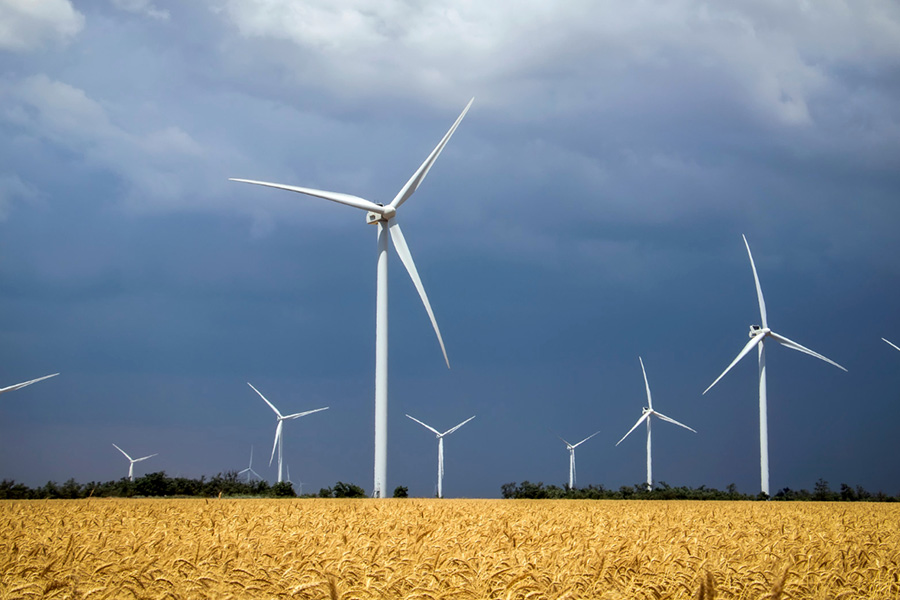
This chapter provides a review of India’s national- and state-level achievements in wind energy utilisation and presents the underlying policies and initiatives framed to utilise wind energy resources.
Authors
Deepak Sangroya, Associate Professor, Jindal Global Business School, O.P. Jindal Global University, Sonipat, Haryana, India.
Kishore Kumar Gangwani, MDI, Gurgaon, India; IIM, Bangalore, India.
Sanjay Chaudhury, Associate Professor, Jindal Global Business School, O.P. Jindal Global University, Sonipat, Haryana, India.
Summary
Traditionally, fossil fuels have been used as the primary source of energy. As of late, the negative impacts of fossil fuels have become more tangible. To avoid these negative effects on our environment, the focus is shifting towards increased usage of renewable energy sources. Wind energy is a clean alternative to fossil fuels and hence its adoption has increased rapidly across countries like India, the United States, China, and Germany, among others.
India has limited fossil fuel resources and has established an import dependence. By contrast, India’s large coastal belt and geography offer several advantages for using wind energy and supporting the country’s sustainable energy development. This chapter provides a review of India’s national- and state-level achievements in wind energy utilisation and presents the underlying policies and initiatives framed to utilise wind energy resources. It further lists major structural challenges preventing faster adoption of wind energy and concludes with suggestions to potentially overcome these issues.
Published in: India’s Energy Revolution: Insights into the Becoming of a Global Power, pp. 121-136, Routledge India.
To read the full chapter, please click here.

